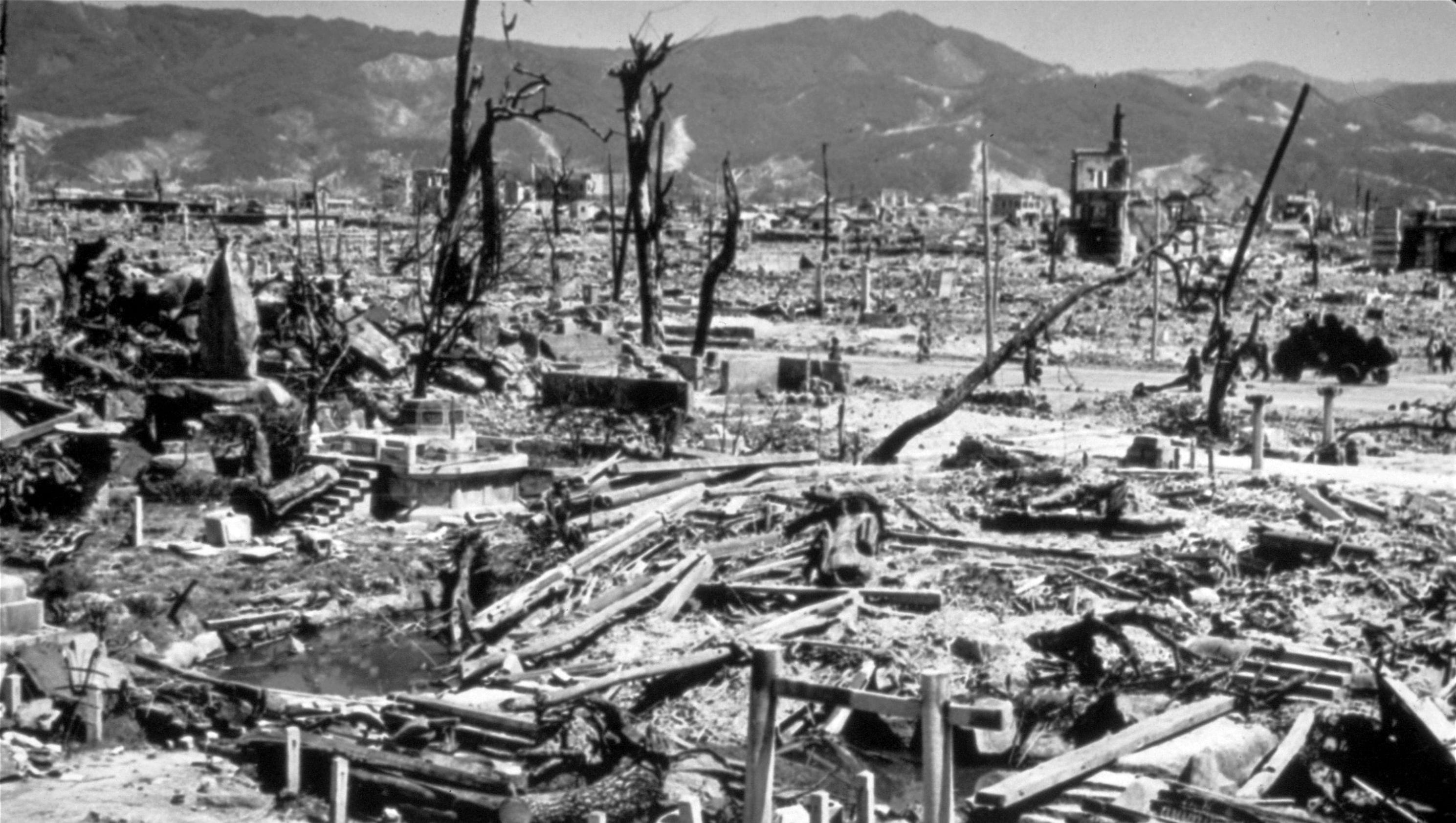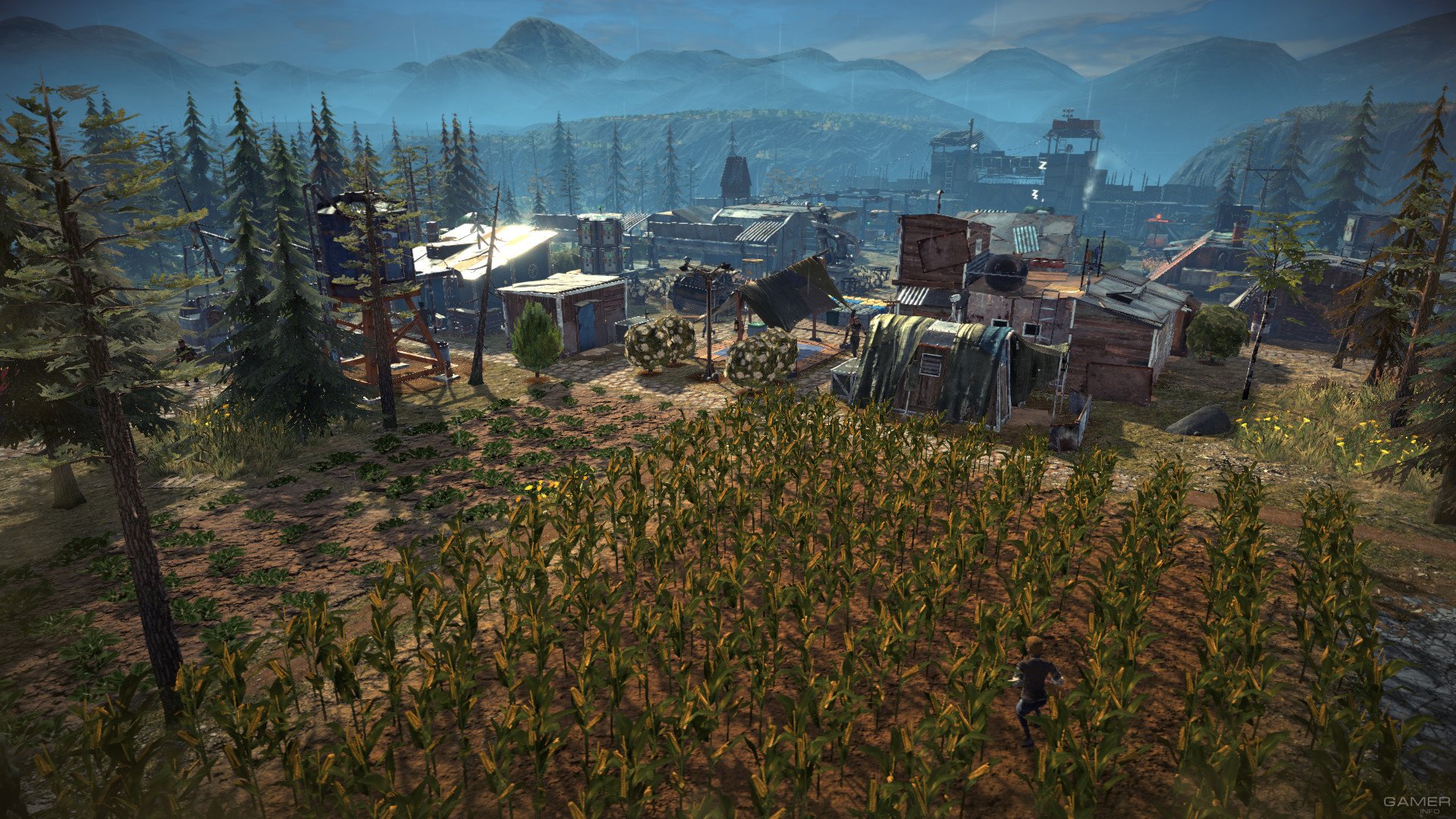

Estimates today range from 35,000 to 135,000.

The smoke from fires still burning drifted across Dresden on February 14, 1945.Īfter the war, investigators from various countries, and with varying political motives, calculated the number of civilians killed to be as little as 8,000 to more than 200,000. 8th Air Force attacked this target the following day. Bomber Command made two very heavy attacks on Dresden, Germany. In this British Official Photo, on the night of February 13 and the morning of February 14, 1945, Lancasters of R.A.F.

Later, the Eighth Air Force would drop 2,800 more tons of bombs on Dresden in three other attacks before the war’s end. Eighth Air Force dropped more than 950 tons of high-explosive bombs and more than 290 tons of incendiaries on Dresden. bombers continued their assault on the city’s infrastructure. bombers began bombing Dresden’s railways, bridges, and transportation facilities, killing thousands more. Later that day, as survivors made their way out of the smoldering city, more than 300 U.S. By the morning, some 800 British bombers had dropped more than 1,400 tons of high-explosive bombs and more than 1,100 tons of incendiaries on Dresden, creating a great firestorm that destroyed most of the city and killed numerous civilians. The city’s air defenses were so weak that only six Lancaster bombers were shot down. On the night of February 13, 1945, hundreds of RAF bombers descended on Dresden in two waves, dropping their lethal cargo indiscriminately over the city. Such attacks, Allied command reasoned, would ravage the German economy, break the morale of the German people and force an early surrender.īeginning on the night of February 13, 1945, more than 1,200 heavy bombers dropped nearly 4,000 tons of high-explosive and incendiary bombs on the city in four successive raids.

In area bombing, all enemy industry–not just war munitions–is targeted, and civilian portions of cities are obliterated along with troop areas.īefore the advent of the atomic bomb, cities were most effectively destroyed through the use of incendiary bombs that caused unnaturally fierce fires in enemy cities. It seemed an unlikely target for a major Allied air attack.Īn important aspect of the Allied air war against Germany involved what is known as “area” or “saturation” bombing. The bombing of Dresden has become one of the most controversial decisions made in the European theater.īefore World War II, Dresden was called “the Florence of the Elbe” and was regarded as one the world’s most beautiful cities for its architecture and museums, it had numerous beautiful baroque and rococo-style buildings, palaces, and cathedrals.Īlthough no German city remained isolated from Hitler’s war machine, Dresden’s contribution to the war effort was minimal compared with other German cities.Īs Hitler had thrown much of his surviving forces into a defense of Berlin in the north, city defenses were minimal, and the Russians would have had little trouble capturing Dresden. The scale of the death and destruction, coming so late in the war, along with significant questions about the legitimacy of the targets destroyed have led to years of debate about whether the attack was justified, or whether it should be labeled a war crime. Dresden in ruins after Allied bombings, February 1945.Īt the end of World War II, the city of Dresden was in ruins, all its buildings destroyed and thousands of civilians dead.


 0 kommentar(er)
0 kommentar(er)
